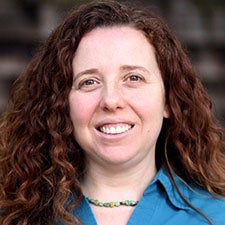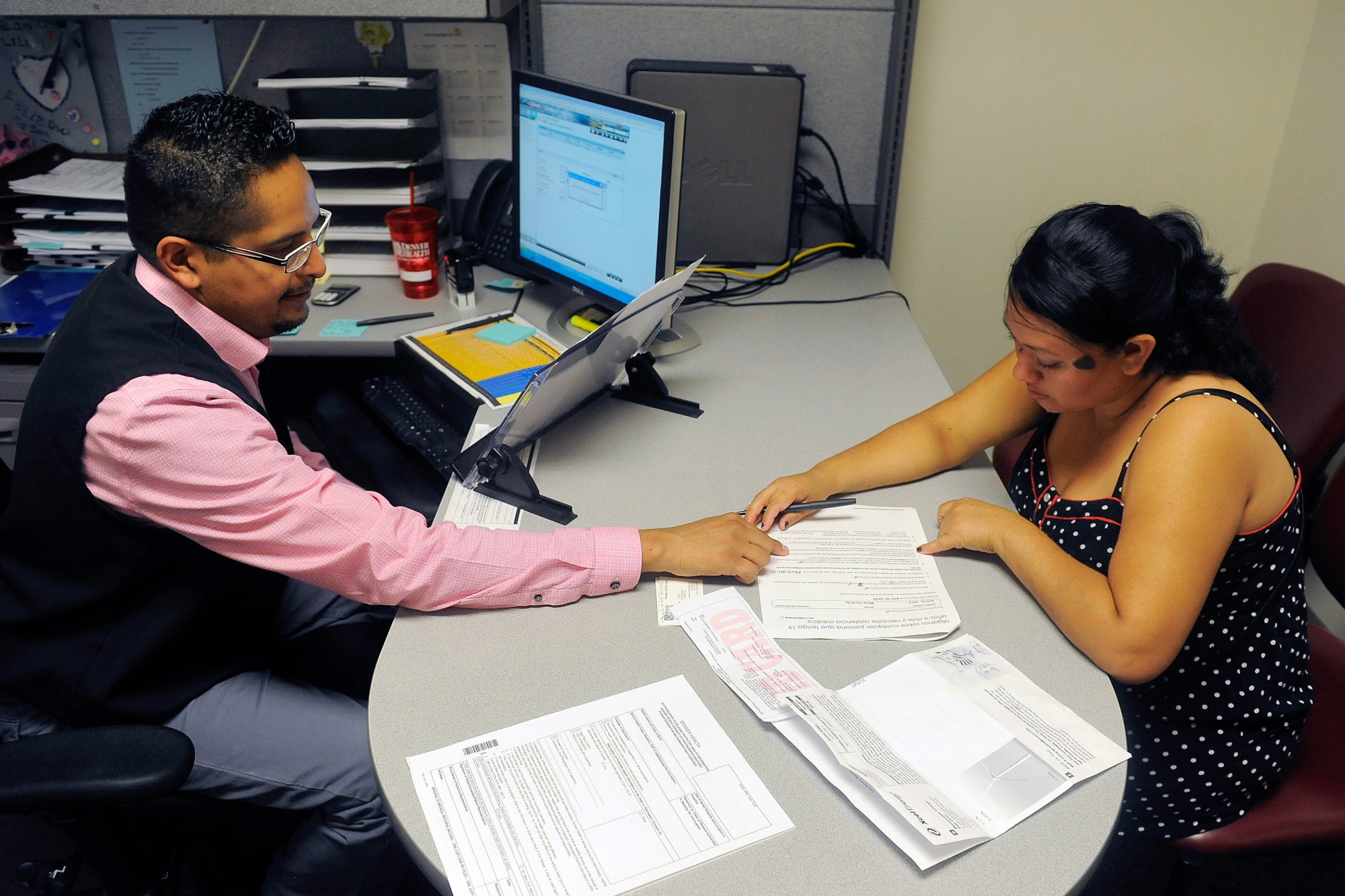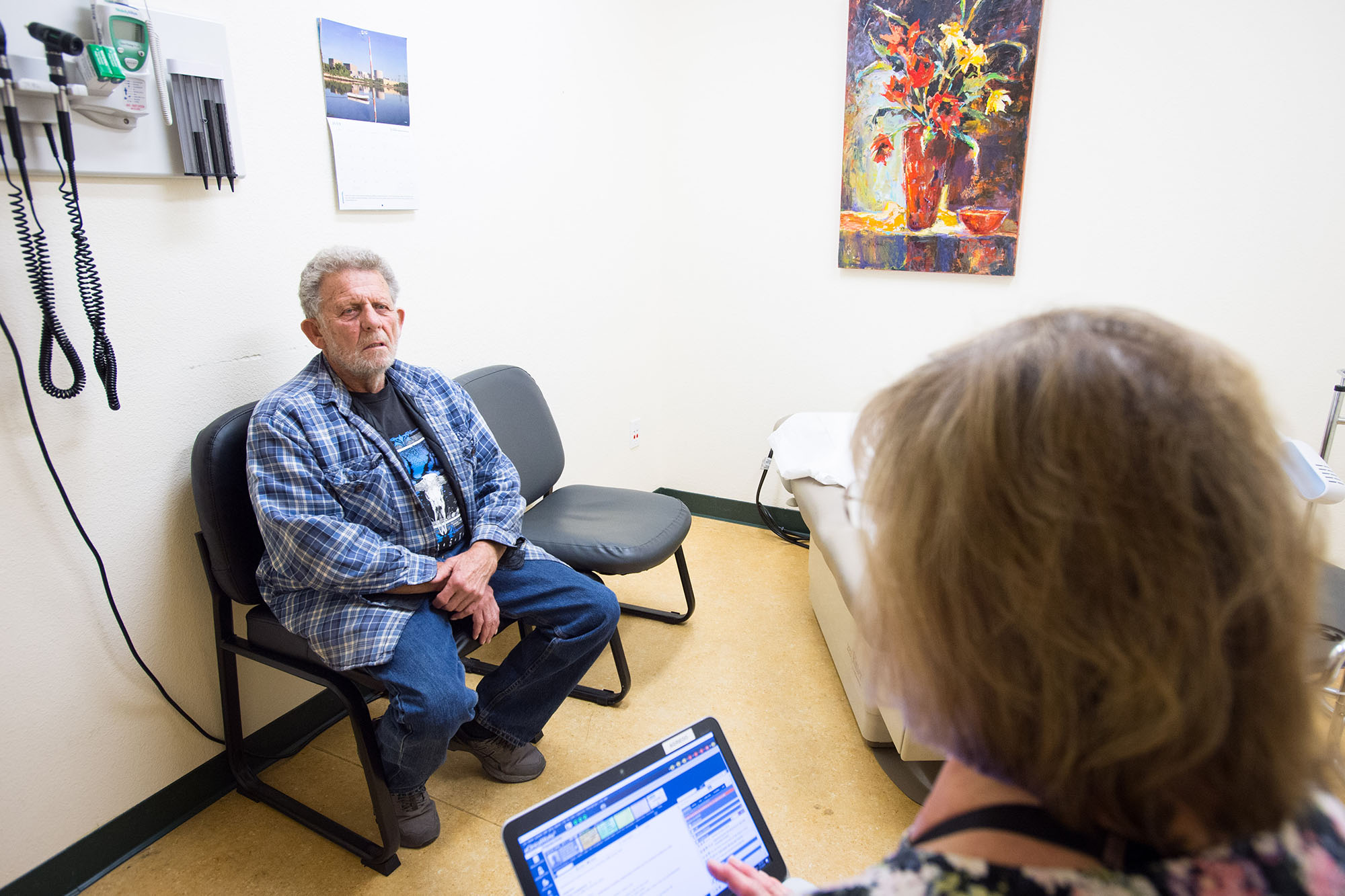
The American Rescue Plan (ARP), a $1.9 trillion relief and recovery package passed last month, includes the first major federal improvements to the Affordable Care Act since it was passed over 10 years ago. The ARP substantially increases premium subsidies for coverage purchased through health insurance exchanges like Covered California.
With the implementation of the Affordable Care Act (ACA) in 2014, California was able to significantly reduce its uninsured rate, recording the largest decline of any state. Nevertheless, millions of Californians struggled to afford insurance on the individual market or remained uninsured. Since implementation of the ACA, California increased premium subsidies for some Covered California enrollees, expanded Medi-Cal coverage to undocumented children and young adults up to age 26 in families with low incomes, and instituted a state tax penalty for being uninsured. These policies resulted in new or continued coverage for hundreds of thousands of Californians and were important steps toward addressing the state’s affordability challenges and coverage gaps.
The American Rescue Plan has a number of important health coverage provisions, including 100% premium subsidies for COBRA coverage through September 2021. Those receiving unemployment benefits in 2021 will pay only $1 per month for an enhanced silver 94 plan, the Covered California plan option requiring the least cost sharing from households. (Covered California hopes to implement the subsidies for unemployment insurance recipients by this summer, though the subsidies are for the entire calendar year of 2021.)
In addition, the ARP includes substantial additional premium subsidies for coverage purchased through Covered California for 2021 and 2022. Californians earning up to 150% of the federal poverty level ($19,140 for a single person in 2021) qualify for an Enhanced Silver 94 Plan for $1 per month. Expected contributions vary by income but are significantly lower for families at every income level. The ARP also eliminates the federal subsidy cliff that existed for those with income above 400% FPL; no family is required to pay more than 8.5% of income for a benchmark plan.
The ARP will provide additional subsidies for the 1.35 million Californians already enrolled (XLSX) with subsidies through Covered California as of June 2020. Without the ARP, these Californians would have received subsidies worth an average of $411 per person per month in 2022 through a combination of ACA and California-specific subsidies; under the ARP, they will get an additional $91 per month.
Our modeling, using the California Simulation of Insurance Markets (CalSIM) model, suggests that in 2022 almost 300,000 Californians would newly get subsidies. This includes 151,000 Californians who would otherwise be enrolled in the individual market without subsidies who will now receive an average of $165 per person per month from the ARP in 2022. Almost all (80%) of these 151,000 people have incomes above 400% FPL, with about one-third above 600% FPL; the ARP ensures that none of them pay more than 8.5% of income toward premiums for a benchmark plan. A majority are age 45–64, similar to the age distribution of those already enrolled in subsidized coverage. Approximately two-thirds are part of a household with at least one self-employed worker, reflecting that while most California workers have health insurance through their employer, the self-employed generally do not have that option and are disproportionately enrolled in individual market coverage.
We also project that 135,000 Californians who would otherwise be uninsured in 2022 will enroll in subsidized coverage in the individual market as a result of the more generous subsidies. A majority of these enrollees have incomes under 400% of the federal poverty level ($51,040 for a single person in 2021), and a majority are age 45–64. About half of these enrollees are part of a household with at least one self-employed worker. These enrollees would get a total of $464 on average per person per month, $55 more per month than they would have without the ARP subsidies.
Whether all these additional beneficiaries actually enroll in coverage or switch from off-exchange coverage to Covered California to receive these subsidies will depend on marketing, outreach, and enrollment efforts already underway in California. The Congressional Budget Office projects (PDF) that the effects of the enhanced subsidies on enrollment will be “much more limited” (PDF) in 2021 than 2022 due to the midyear implementation.
We assume that with robust outreach during both the 2021 Special Enrollment Period and 2022 Open Enrollment, Covered California will convert all off-exchange enrollees eligible for subsidies to Covered California by 2022 and that all individuals who decide to enroll in coverage due to the ARP subsidies will enroll by 2022. We project Covered California will enroll 135,000 who would otherwise be uninsured, leaving 630,000 uninsured but eligible for subsidies in 2022.
The benefits will be reversed, however, if the subsidies disappear in 2023 and are not made permanent. Despite the ARP’s substantial improvements in the affordability of coverage through Covered California, we project that the state will still have 3.2 million uninsured Californians under age 65 in 2022, or approximately 9.5% of the population under age 65.
This article is reprinted with permission from the UC Berkeley Labor Center and the UCLA Center for Health Policy Research. CHCF provides funding to both organizations.
Authors & Contributors

Miranda Dietz
Miranda Dietz is a research and policy associate at the UC Berkeley Labor Center and project director of the California Simulation of Insurance Markets microsimulation model (CalSIM). CalSIM, developed jointly with the UCLA Center for Health Policy Research, models the impacts of various policies on health insurance coverage in California. Miranda’s research has focused on development of the model, estimates of the uninsured, and churn in and out of insurance coverage. Miranda has also written on local enforcement of labor standards, low-wage airport workers, and temporary workers in California. She is co-editor with Michael Reich and Ken Jacobs of When Mandates Work: Raising Labor Standards at the Local Level. Miranda received a Master of Public Policy degree from UC Berkeley in 2012 and a bachelor’s degree in government from Harvard University.

Srikanth Kadiyala
Srikanth Kadiyala, PhD, is a senior economist at the UCLA Center for Health Policy Research. He primarily works on the CalSIM microsimulation model, which models the effects of the Affordable Care Act on health insurance coverage in California. Prior to joining the Center, Kadiyala was an economist at the RAND Corporation, where he was principal investigator (PI) and co-PI on numerous projects. He published extensively on topics such as cancer screening and cancer detection, health insurance effects on health care and health, pandemic effects on employment, and transgender health care costs in the military. He has a BA in economics from the University of Chicago and a PhD in health policy with an emphasis in economics from Harvard University.

Tynan Challenor
Tynan Challenor is a member of the UC Berkeley Labor Center’s health team. He contributes to the California Simulation of Insurance Markets microsimulation model (CalSIM) and conducts health policy research. He holds a master’s degree in biomedical informatics from Stanford University.

Annie Rak
Annie Rak is a programmer/analyst at the UCLA Center for Health Policy Research. As the lead programmer on the California Simulation of Insurance Markets (CalSIM), Rak helps implement new model features, refines the methodology of existing model features, and helps calibrate the model to deliver estimates on health insurance outcomes in California.

Dylan H. Roby
Dylan H. Roby, PhD, is faculty associate at the UCLA Center for Health Policy Research. He is also an adjunct associate professor in the Department of Health Policy and Management in the UCLA Fielding School of Public Health and an assistant professor and associate chair in the Department of Health Policy and Management at the University of Maryland School of Public Health in College Park. Roby collaborates with colleagues at UCLA on the California Simulation of Insurance Markets (CalSIM) microsimulation model and is a member of UCLA’s cost analysis team for the California Health Benefit Review Program. His primary academic appointment is in the University of Maryland’s School of Public Health, where he conducts research on Medicaid, the health care safety net, and the Affordable Care Act’s implications for insurance markets, system redesign and access to care. He teaches courses on health politics and policy in the MPH in health policy analysis and evaluation, and PhD programs in health services research. Roby earned his doctoral degree in public policy from The George Washington University.

Laurel Lucia
Laurel Lucia is director of the Health Care Program at the UC Berkeley Labor Center, where she has worked since 2009 analyzing health care policy. Recent papers have examined the health coverage and economic impacts of Affordable Care Act repeal on California, California’s Medicaid expansion, health insurance for California immigrants, and the remaining uninsured in California. Laurel received a Master of Public Policy from the University of California, Berkeley.

Gerald F. Kominski
Gerald Kominski is a professor of health policy and management and senior fellow at the UCLA Center for Health Policy Research.
His research focuses on evaluating the costs and financing of public insurance programs, including Medicare, Medicaid, and workers’ compensation. Since 2010, his research has focused on evaluating the expected and actual impacts of health care reform under the Affordable Care Act (ACA). He has co-led the development of a microsimulation model (CalSIM) for forecasting eligibility, enrollment, and expenditures under the ACA in California. From 2003 to 2009, he served as vice chair for the cost impact analysis team of the California Health Benefits Review Program, which conducts legislative analyses for the California legislature of proposals to expand mandated insurance benefits. From 2001 to 2008, he was Associate Dean for Academic Programs at the UCLA School of Public Health.
Kominski received his PhD in public policy analysis from the University of Pennsylvania Wharton School.




